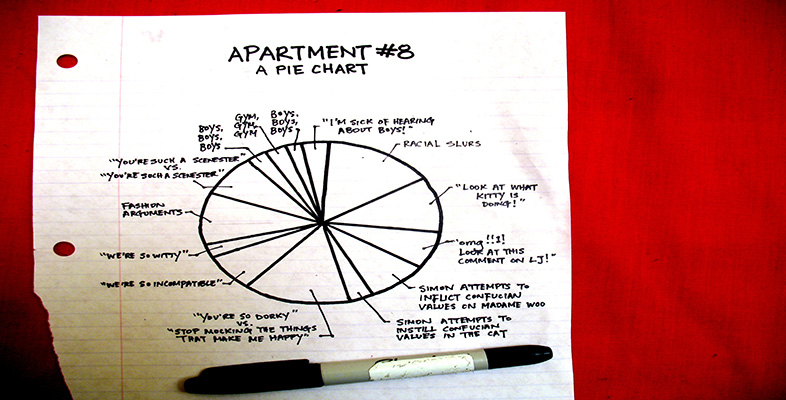4.1.3 How do I draw a line graph?
The process is as the steps below outline.
-
Collect the data.
In other words, decide on the data that you wish to represent and collect it in a format that shows one value being compared with another.
-
Decide on a clear title.
You may be able to use the heading of a table from which you are getting data. Alternatively, you may need to define the title yourself.
-
Decide on the values that you wish to show on the horizontal axis and on the vertical axis.
When you are showing a relationship between two sets of values, one set always depends on the other and is called the dependent data. The set of values that is depended on is called the independent data. Line graphs are drawn so that the independent data are on the horizontal axis and the dependent data are on the vertical axis.
Consider, for example, the growth (i.e. increase in height) of a tree over time or sales of washing powder over time. In these cases, both growth and sales depend on time. So, in both cases, time is the independent data and would be plotted on the horizontal axis; tree height or sales figures would be plotted on the vertical axis.
Axes must always be clearly labelled.
-
Decide on the scale.
This can make a surprising difference to the way that the data looks. Normally, you should begin the vertical axis from zero.
-
Plot the graph.
It is most usual to use graph paper to do this; although you may decide to use a computer. The level of accuracy depends on what is required. A sketch needs to be much less accurate, although it will still need a title and labels for the axes.
